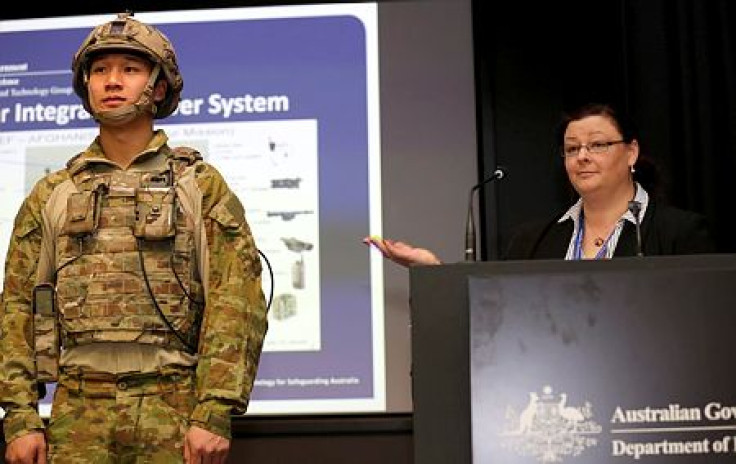Defence scientists present innovative technologies for National Science Week

The Australian Department of Defence has showcased a number of innovative technologies designed to support the Australian Defence Force, or ADF, as its participation in National Science Week on July 20. The Defence introduced the advances in the technology used for the ADF that will maintain its capability edge with modern defence force.
Opening the event, Chief Defence Scientist Dr Alex Zelinsky said the event highlights the diverse range of technologies developed by Defence scientists and manufactured by the Australian industry under the Capability and Technology Demonstrator, or CTD, Programme. Among the technologies showcased were the low-cost, lightweight force protection systems for soldiers under the Redwing programme of the department.
“National Science Week has given us a great opportunity to showcase how science and technology supports Defence capability,” Zelinsky said in a press release.
Non-Rigid Electromechanical Exoskeleton was part of the technologies designed for the modern soldiers. The exoskeleton technology takes the weight off a soldier’s back while carrying heavy backpacks, and transfers the weight load to the ground to reduce fatigue, pain and injury when walking over long distances.
The technology uses the Soldier Integrated Power System, which is a kit of flexible, lightweight solar cells, and power-generating electronic textiles that can reduce the weight of batteries carried by soldiers. The technology was developed by the Australian company Tectonica under the CTD programme, and has been successfully demonstrated.
To date, Defence scientists are exploring a novel energy-harvesting approach that uses power from the structural vibrations of vehicles. The approach converts the vibrations into electrical power for embedded diagnostic sensors and devices.
Recently, Defence scientists have developed a unique computer security device called Digital Video Guard that provides protection against cyber intrusion. And the scientists have won an innovation award for the development of the device.
Another successful technology developed by the scientists was the “wing kit” for the Joint Direct Attack Munition, or JDAM. Zelinsky said the successful technology demonstrates the value that science and technology adds to Defence capability.
“The wing kit, developed by our scientists, enables the standard JDAM weapon to more accurately find longer range targets, giving the launch aircraft a fire-and-forget capability at a safe standoff distance,” he said. The first wing kits, manufactured by the Australian company Ferra Engineering, were recently delivered to the Royal Australian Air Force.
“The technology examples highlighted demonstrate the close partnerships between Defence, industry and universities,” Zelinsky said.
Contact the writer at feedback@ibtimes.com.au or tell us what you think below






